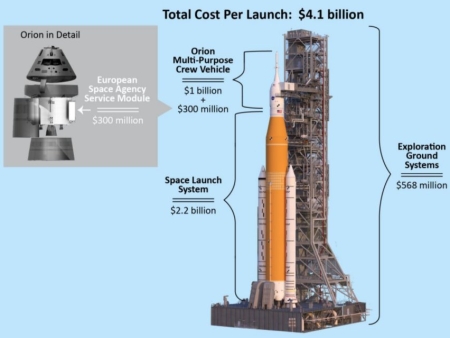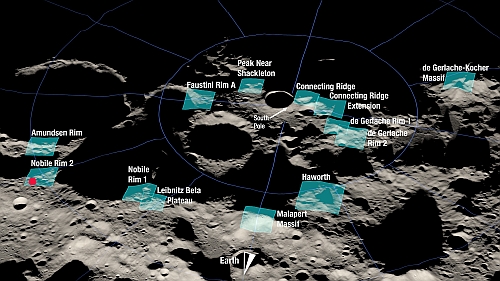NASA thinks engine issue on SLS launch caused by misreading sensor
NASA engineers have now concluded that the improper temperatures in one engine in SLS’s core stage that forced the August 29, 2022 launch to be scrubbed were caused by a faulty sensor, and that the actual temperatures in the engine were correct.
During a news conference on Tuesday evening, NASA’s program manager for the SLS rocket, John Honeycutt, said his engineering team believed the engine had actually cooled down from ambient temperature to near the required level but that it was not properly measured by a faulty temperature sensor. “The way the sensor is behaving does not line up with the physics of the situation,” Honeycutt said.
The problem for NASA is that the sensor cannot be easily replaced and would likely necessitate a rollback to the Vehicle Assembly Building at Kennedy Space Center in Florida, a few kilometers from the launch pad. This would delay the launch of the rocket at least into October, and the space agency is starting to get concerned about wear and tear on a rocket that has now been stacked for nearly a full year.
With this SLS rocket, NASA management is now trapped between a rock and a hard place. The rocket’s solid rocket boosters has been stacked for just short of two years, almost a full year beyond their use-by date. Moreover, there are batteries on the rocket that only function for about a month before they must be replaced. Their replacement date is September 6th, which means if NASA cannot get the rocket launched by that date it will have to return it to the assembly building, delaying the launch to at least October. If it has to replace the solid rocket boosters the launch will likely then be delayed until next year, which will seriously impact the second SLS launch, set to send astronauts around the Moon and back.
At the moment the launch is scheduled for a two hour launch window beginning at 2:17 pm (Eastern) on Saturday, September 3, 2022. The countdown will be live streamed here. At the moment the weather for Saturday has improved, with s 60% chance the launch can proceed.
NASA engineers have now concluded that the improper temperatures in one engine in SLS’s core stage that forced the August 29, 2022 launch to be scrubbed were caused by a faulty sensor, and that the actual temperatures in the engine were correct.
During a news conference on Tuesday evening, NASA’s program manager for the SLS rocket, John Honeycutt, said his engineering team believed the engine had actually cooled down from ambient temperature to near the required level but that it was not properly measured by a faulty temperature sensor. “The way the sensor is behaving does not line up with the physics of the situation,” Honeycutt said.
The problem for NASA is that the sensor cannot be easily replaced and would likely necessitate a rollback to the Vehicle Assembly Building at Kennedy Space Center in Florida, a few kilometers from the launch pad. This would delay the launch of the rocket at least into October, and the space agency is starting to get concerned about wear and tear on a rocket that has now been stacked for nearly a full year.
With this SLS rocket, NASA management is now trapped between a rock and a hard place. The rocket’s solid rocket boosters has been stacked for just short of two years, almost a full year beyond their use-by date. Moreover, there are batteries on the rocket that only function for about a month before they must be replaced. Their replacement date is September 6th, which means if NASA cannot get the rocket launched by that date it will have to return it to the assembly building, delaying the launch to at least October. If it has to replace the solid rocket boosters the launch will likely then be delayed until next year, which will seriously impact the second SLS launch, set to send astronauts around the Moon and back.
At the moment the launch is scheduled for a two hour launch window beginning at 2:17 pm (Eastern) on Saturday, September 3, 2022. The countdown will be live streamed here. At the moment the weather for Saturday has improved, with s 60% chance the launch can proceed.


